Japanese style evolves around clean and uncluttered living, holding tightly to balance, order, ancient customs, and a love for natural beauty. Shinto and wabi-sabi provide a strong foundation for modern Japanese interior designs. While the Shinto belief system revolves around kami (“spirits”) which inhabit all living and non-living things, wabi-sabi refers to the beauty of imperfection and to impermanence. Put the two together, and you have a beautifully nuanced and multi-faceted bedrock on which to build a home or design a living space.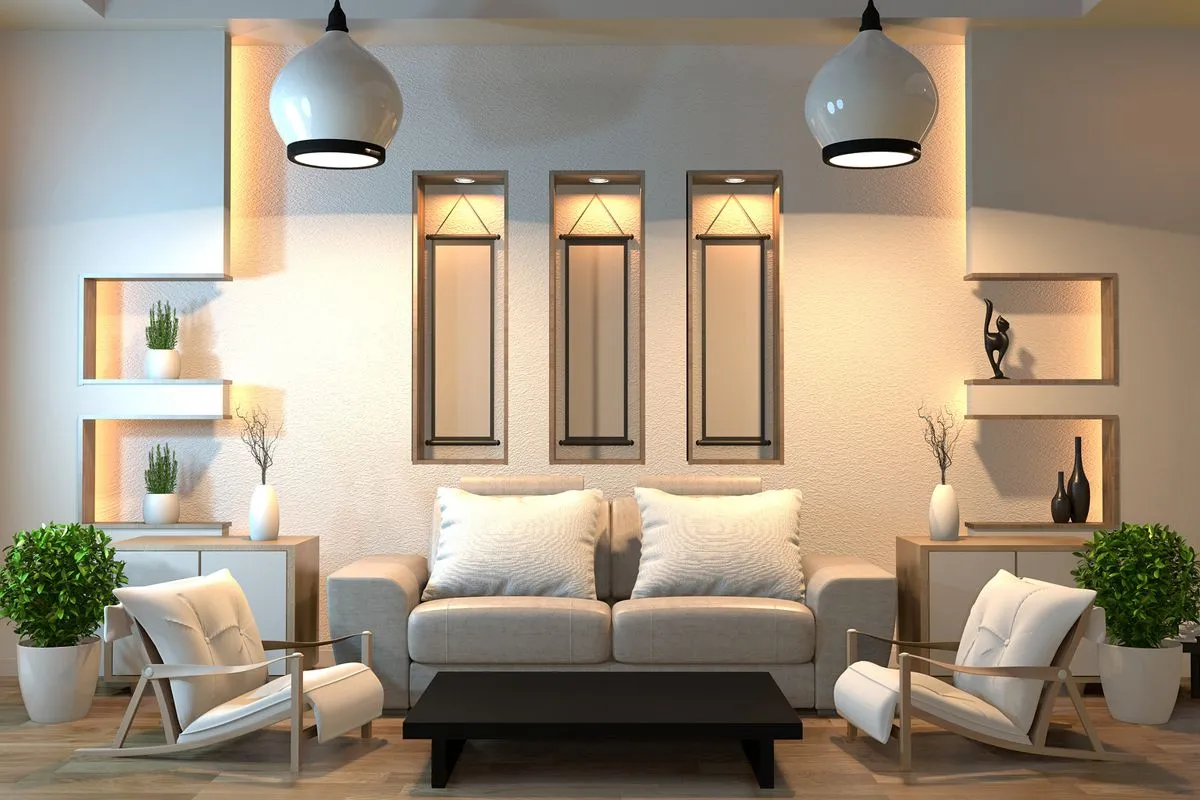
Every Japanese-inspired living space should showcase a deep appreciation and respect for the natural world. This translates into an abundance of modest and honest materials. Apart from wood and stone, Japanese-style interiors also feature ceramics, cast iron objects, and concrete surfaces. Light or muted colors, bright white walls, large windows, uncluttered spaces, and an abundance of plants also help to create a serene and airy atmosphere.
Difference between Japanese living spaces and a Japanese-style decor
When you think about Japanese houses and apartments, minimalist design is probably the first thing that springs to mind. Yet these modern living spaces are not always minimalist or have much in common with traditional Japanese homes. Think compact apartments in Tokyo or concrete masterpieces created by the likes of Tadao Ando. Cultural customs can also influence the layout or purpose of certain areas of a home. Some traditional elements have adapted for modern lifestyles. For example, the tatami mats, which used to cover the entire flooring, now can appear as raised elements in a room to enhance seating comfort and to optimize the available floor space.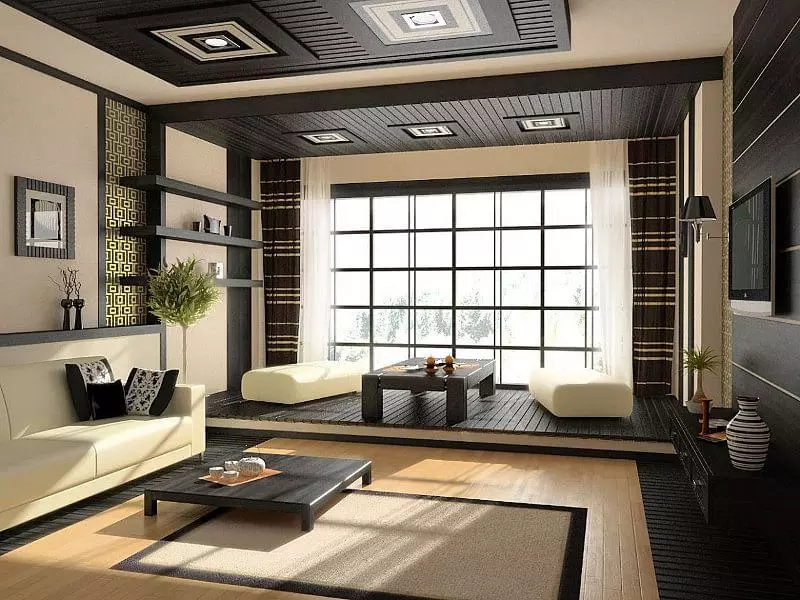
By contrast, a decor that draws inspiration from modern Japanese interior design takes only some elements from this style. For example, black lacquer surfaces and bamboo panels used in a modern minimalist room. A cast iron kettle made in Japan using age-old crafting methods; simple, minimalist vases that highlight the beauty of flowers; or an elegant pairing of wood furniture and stone flooring can all bring a touch of classic Japanese style into a home.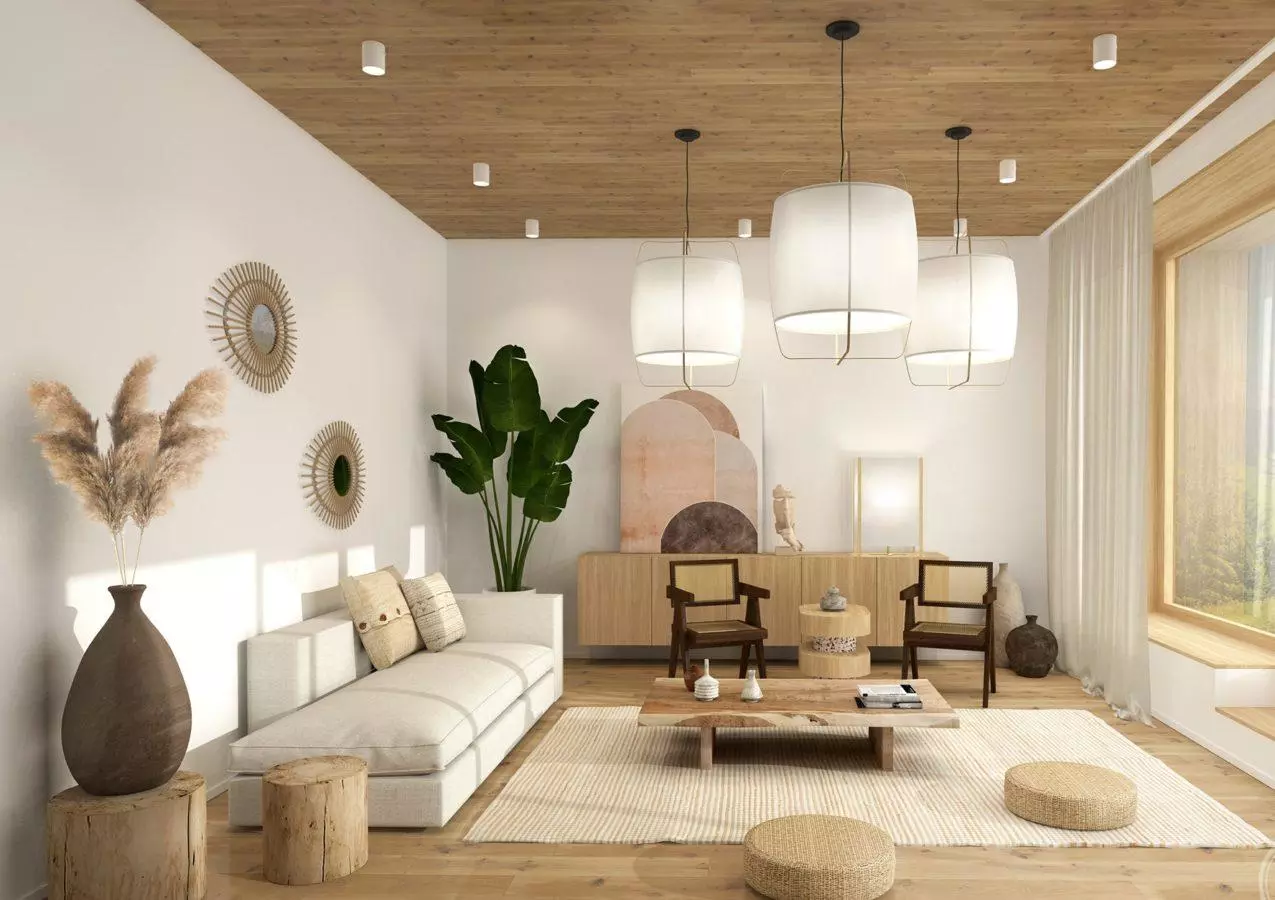
Japanese-style house
Designed by visionary architects and interior designers, many contemporary homes offer a refined take on traditional Japanese living spaces. They also feature – more often than not – an array of creative design solutions; from flexible shelving to built-in storage that saves space and keeps a room tidy and uncluttered. However, these homes are always as tranquil and elegantly simple as their source of inspiration. Natural wood furniture, few decorative items, and a focus on outdoor spaces – whether it’s a garden, sprawling vistas over a valley, or a sheltered courtyard – also define these interiors. Japanese style furniture and home accessories – where minimalism meets function.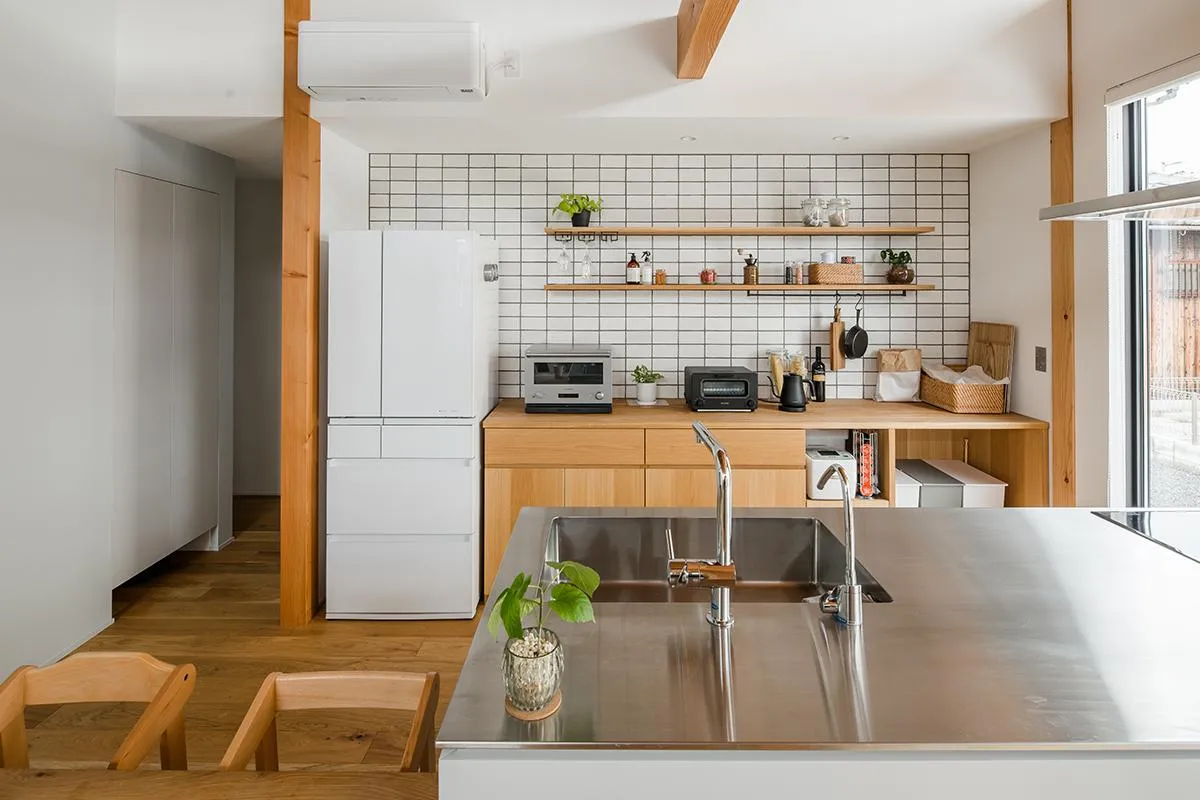
Similarly, to Scandinavian design, Japanese furniture combines an understated aesthetic with function and fine craftsmanship. In Japan, interiors are often compact and require tailored storage and furniture design solutions. Think modular systems and multi-functional designs that adapt to different needs and settings. Apart from these features, Japanese style furniture can also have a lower profile. Low-height tables allow the inhabitants to sit on tatami mats or cushions, while benches or low armchairs by large windows provide a convenient way to admire a garden. Screens and sliding doors offer an easy way to separate different areas or connect them into an open-plan space.
Elements of Japandi:
The perfect fusion of Japanese and Scandinavian, Japandi design focuses on minimalistic designs that are aesthetically pleasing yet highly functional. Expect to find a plethora of natural materials, muted colors, clean lines, and minimal, yet well-curated, furnishings. Japandi design isn't sparse—it's intentional.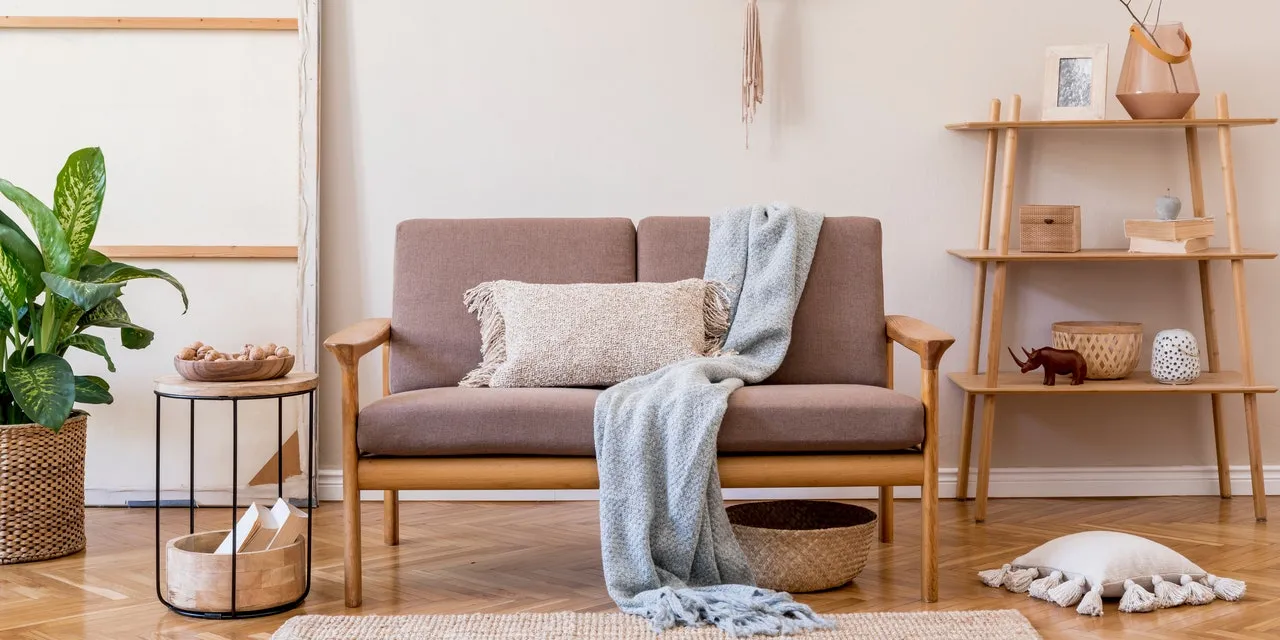
Japandi styles feature beautiful craftsmanship with a focus on quality and handmade pieces over throwaway, cheap structures.You'll also see a lot of neutral colors and paint choices to complement Japandi furniture and accessories. Calming, tranquil, and peaceful palettes are typically chosen, and when brighter colors are incorporated, they are done so meaningfully and subtly.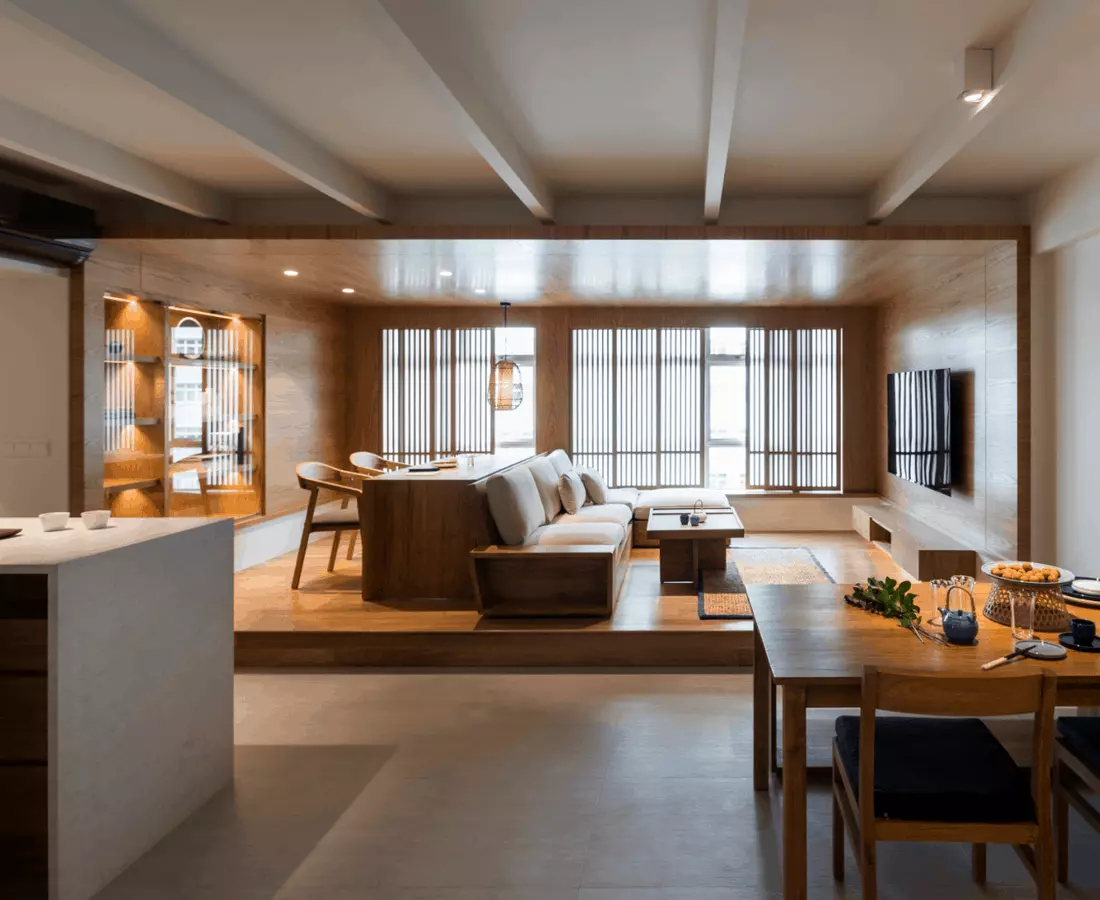
Additionally, Japandi styles often emphasize sustainability. The prevalence of natural materials and simple designs makes it a great green decor style. With more and more consumers looking toward eco-friendly aesthetics, Japandi's popularity is no surprise.
Japanese and Scandinavian Styles Work Together
If you're familiar with Scandi design, you're sure to have come across the notion of "Hygge." This is the Scandinavian concept of coziness and homeyness in design, and has found increasing popularity in the U.S. over the past few years. Basically, your home should be your sanctuary and provide a feeling of comfort every time you walk in the front door.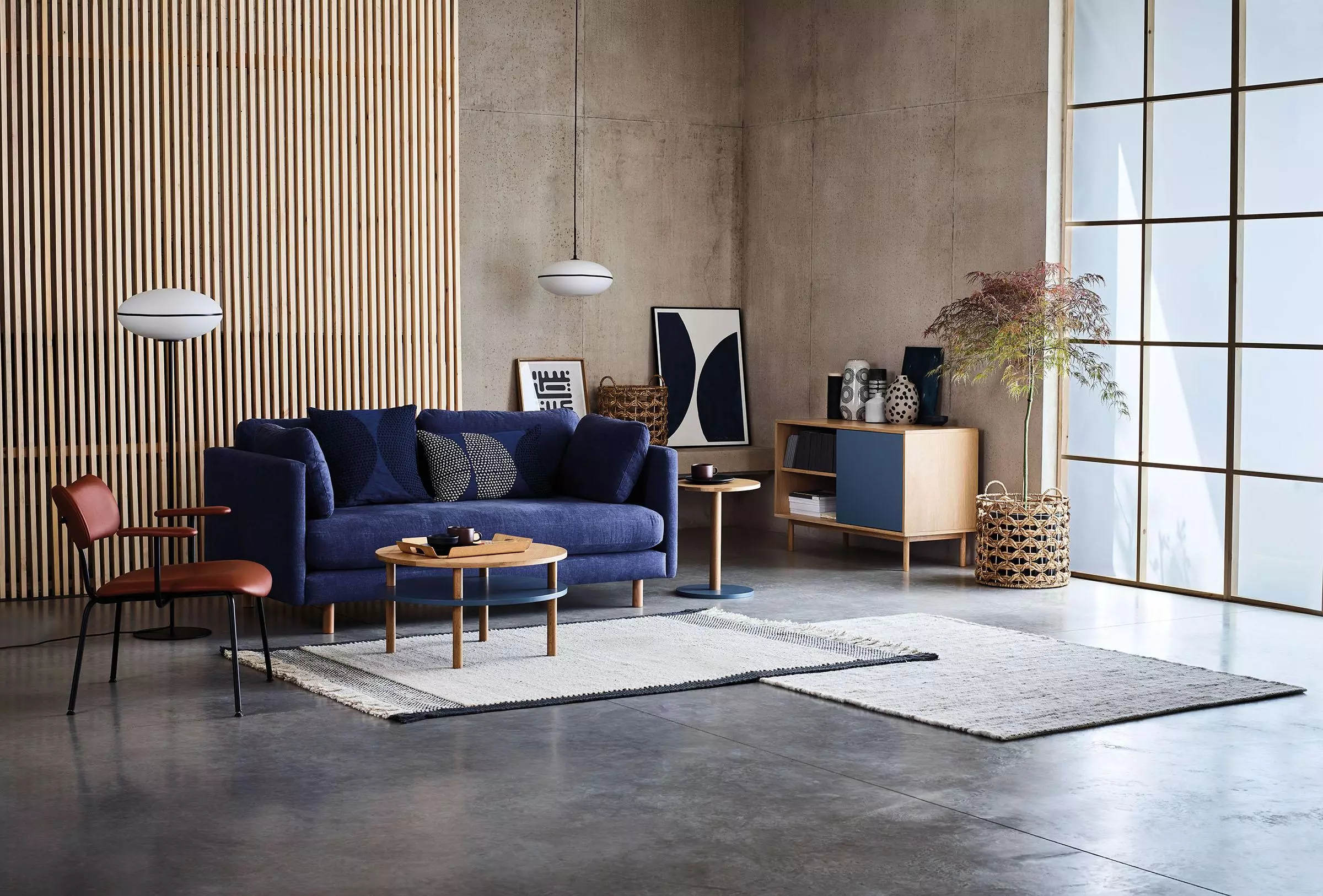
Now, fuse that idea with the Japanese notion of "wabi-sabi," or the idea that there is beauty in imperfection, and you create the design marriage that is Japandi. Japanese and Scandinavian design styles work so well together because they are both rooted in minimalism and comfort. The shared aesthetics of the two come together to create a style that is both easygoing and sophisticated.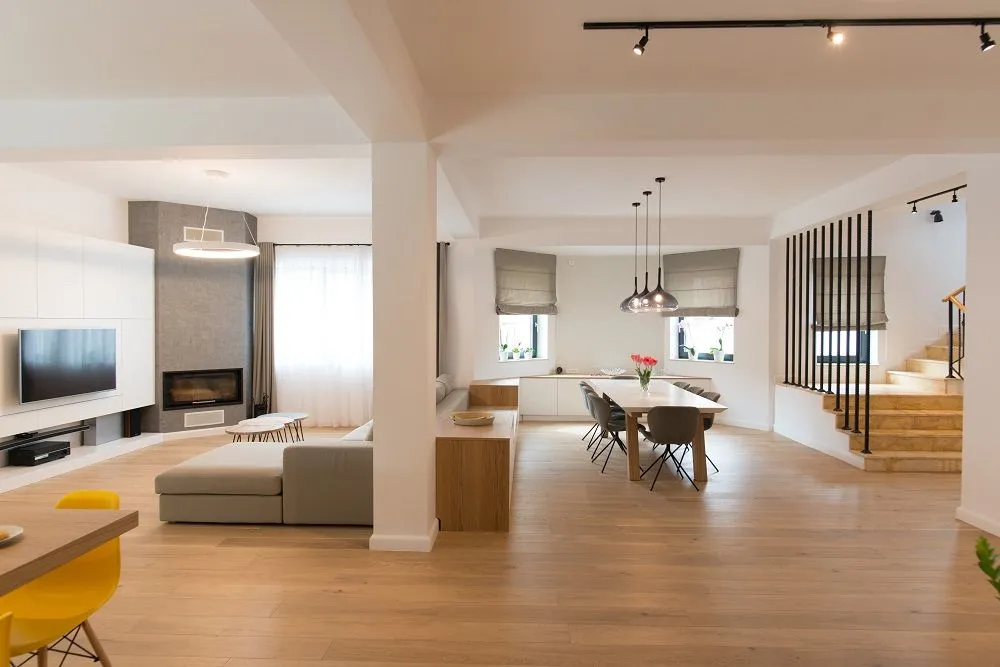
And where the two approaches diverge, their differences actually complement each other. Where Japanese interiors are sleek, Nordic ones are rustic. The richer (but still neutral) colors of Japanese design help to keep the stark, crisp palettes of Scandinavian homes from feeling clinical or cold.
Decorate in Japandi Style
If you're a fan of minimalism and "Hygge," chances are that you have already started to experiment with Japandi style. To really play with this look, focus on natural materials such as unfinished woods or bamboo pieces that bring in the feeling of nature and simplistic beauty. Calas recommends using muted colors with hints of pale green or bringing plants and greenery into your home to give it a sense of outdoor living.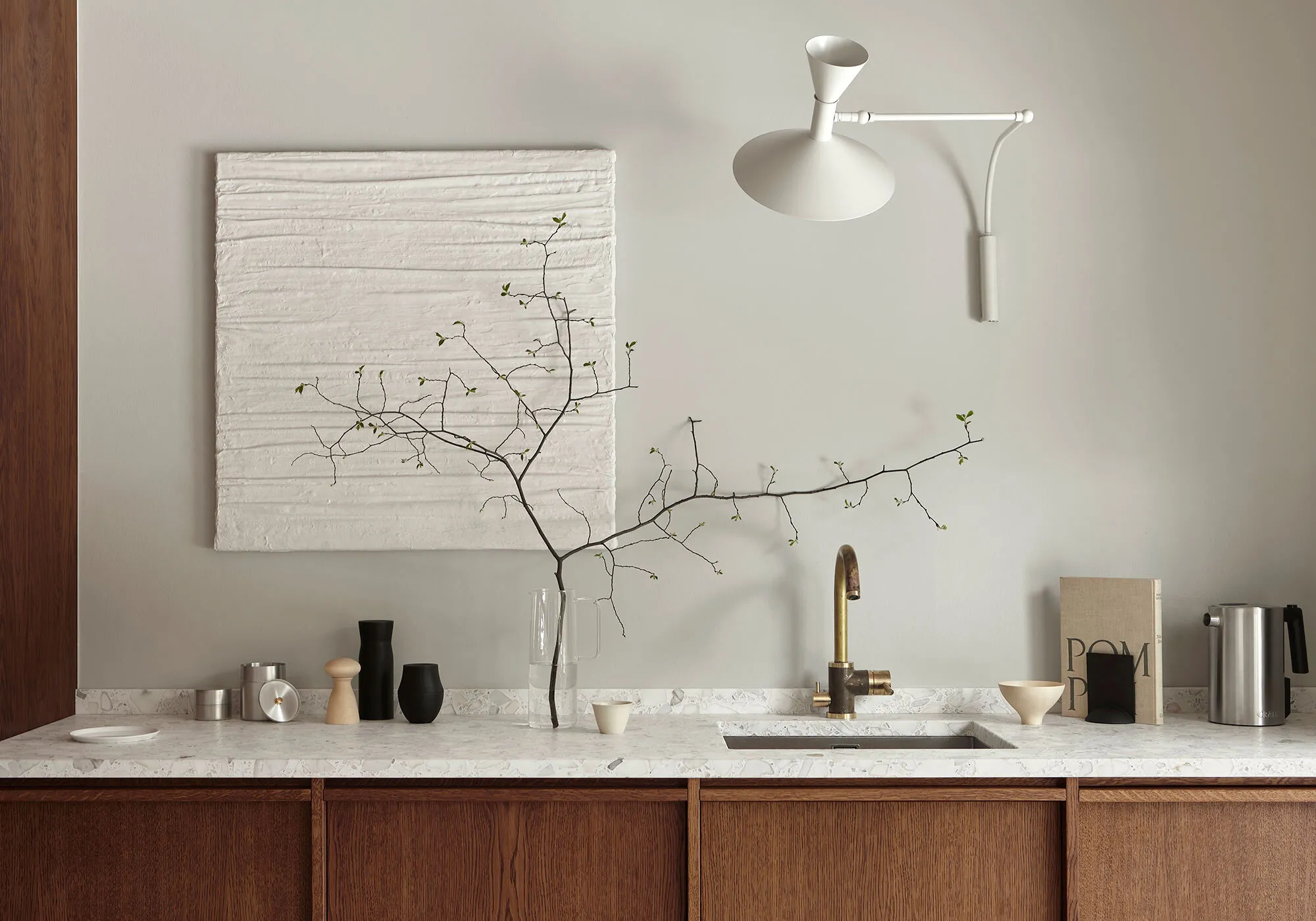
Reducing clutter is also key to achieving the Japandi style. This design aesthetic focuses on clean lines and open spaces. But if you have an active household and struggle to find that minimalist look, Calas recommends trying "faux minimalism" with natural containers such as boxes and baskets, built-ins or folding screens to hide excess stuff and keep your space feeling clutter-free.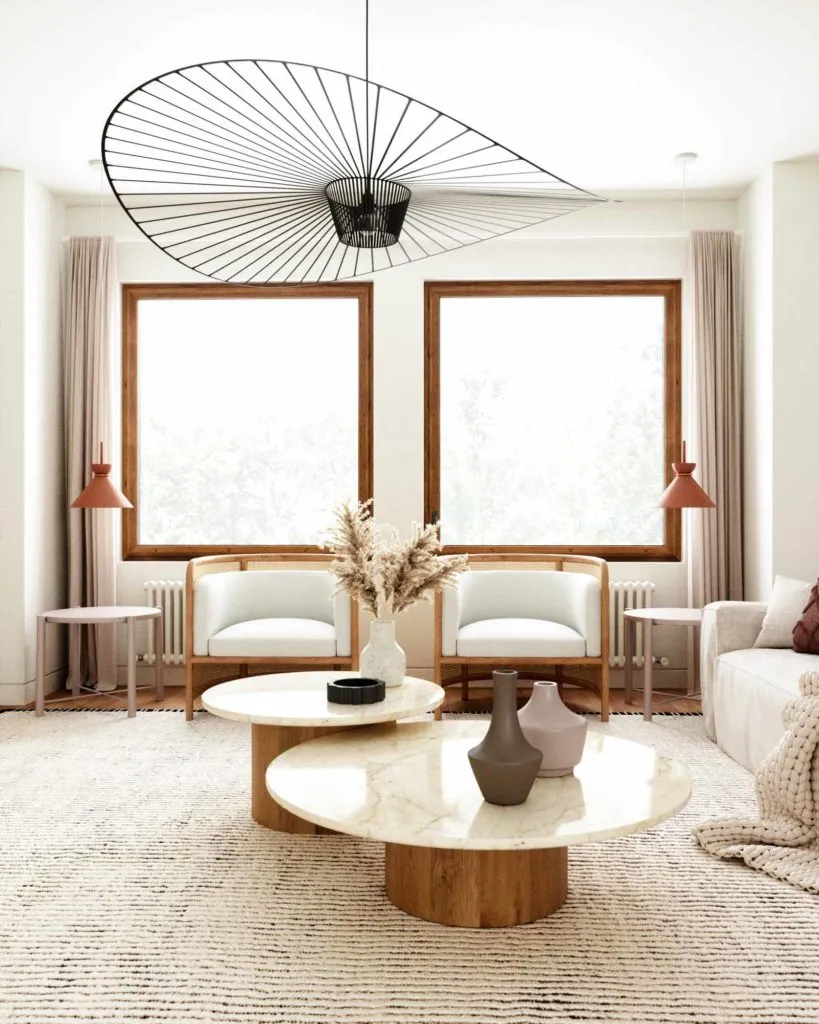
To get the best of both worlds, draw on the coziness of Scandi design with warm textures and soft pieces while maintaining the elegance of Japanese decor. While both styles have a focus on the utilitarian, it's important to maintain a zen-like sense of calm in your space. Because Japandi design is focused on craftsmanship, it's not meant to be throwaway. Look for pieces that will stand the test of time and work with your decor for years to come. It's a clear antidote to the one-time-use culture we have embraced for so long. Instead, focus on pieces that are sustainable and safe for our planet. Though both Japanese and Scandi decor aren't new, the combination of the two is sure to be a rising trend over the next few years.


